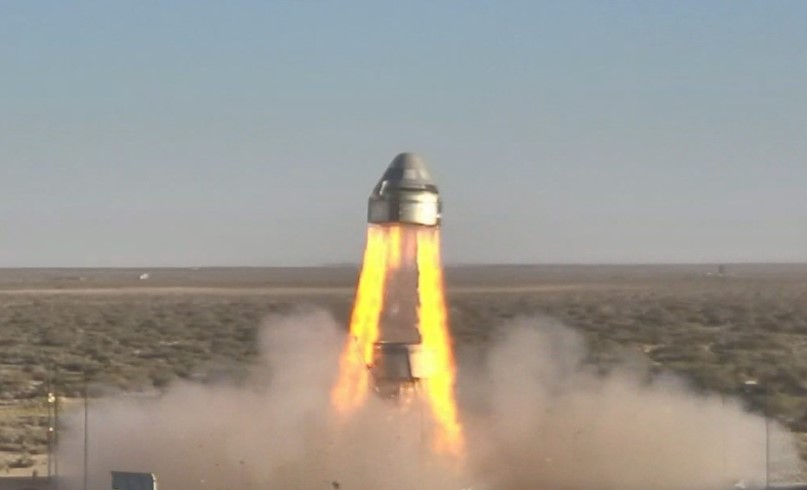
Boeing has found the cause of the parachute failure that occurred during the recent successful launch pad abort test of the CST-100 Starliner crew module and service module. In a statement, the aerospace company said that the failure of one of the three main parachutes used to return the crew capsule to earth was due to a faulty connection.
On November 4, 2019, Boeing’s Starliner spacecraft passed a major milestone, completing a launch pad abort test at Launch Complex 32 at the US Army’s White Sands Missile Range in New Mexico. Using all four of its Launch Abort Engines (LAEs) as well as its Orbital Maneuvering and Attitude Control (OMAC) thrusters generating a combined thrust of 190,000 lb, it powered itself to an altitude of 4,500 ft (1,400 m) before carrying out a midair maneuver and returning the crew module safely back to the desert floor.
According to Boeing, the post-flight analysis showed that the spacecraft’s systems performed as expected during its 95-second flight. However, while the propulsion, flight, and guidance systems worked according to plan, the trio of main parachutes used to land the crew module suffered a malfunction and one of the chutes failed to deploy. But the two remaining chutes proved sufficient to do the job.
Through closeout photos and direct inspection of the parachutes, Boeing engineers have determined that the problem was due to the failure of a secure connection between the pilot and the main chute on the third parachute. The company says that now that it has identified the fault, it is taking steps to correct it.




























